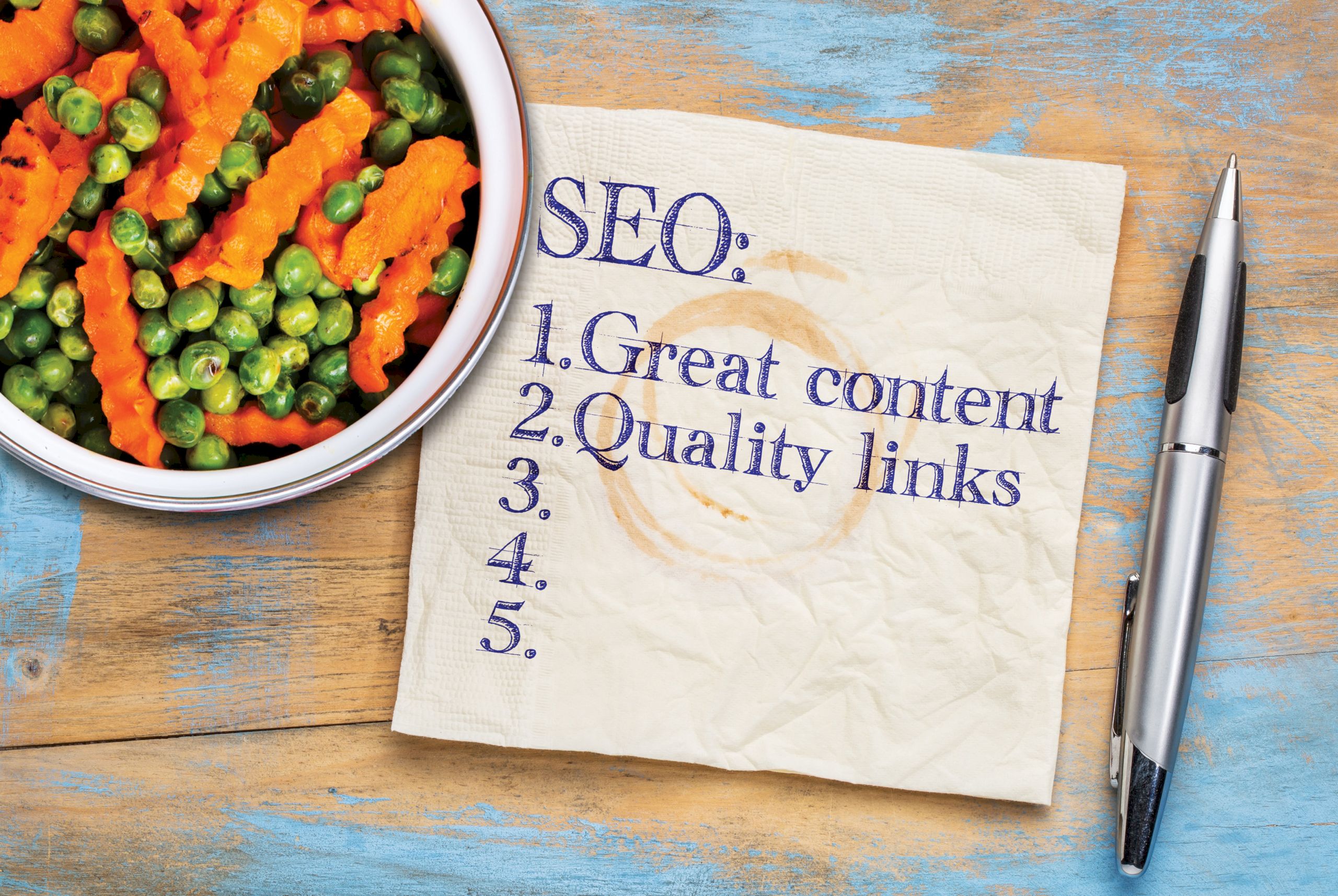
One of Forrest Gump’s most memorable lines was, “Me and Jenny goes together like peas and carrots.” The same can be said for search engine optimization (SEO) and content conversion.
SEO is an ongoing effort to improve your website content so it ranks higher in search engine results, thereby driving more traffi c to your site and potentially more business. It also will allow your business to show up at the right time, when your audience is searching for products or solutions that you can provide.
Optimized content conversion presents your website visitors with the right message based on which part of the buying stage they are in.
While SEO and content marketing are not new, businesses combining the two are becoming more of a novel concept. According to the most recent BrightEdge Report, an overwhelming majority of marketers, 97 percent, agree that SEO and content marketing are converging, or have already converged. Fifty-one percent of marketers responded that creating and optimizing content for local markets is “very important” and nearly half are using data to drive content strategy.
When it comes to optimizing content to move prospects into the purchasing decision part of the buying phase, businesses need to use digital marketing tactics to “get in front of the right people, at the right time, with the right message.” To do so, you need to know your target audience, where they are in the buyer’s journey and what phrases they are searching to try to make a purchasing decision.
Conversions happen throughout a website, including areas like the homepage, contact page, blog, news and landing pages. All of these can be optimized for a higher number of conversions. Content conversion has been studied at length over the past few years and an entire industry has been created from it, Conversion Rate Optimization (CRO). Numerous websites are designed to convert website visitors into customers. The process of optimizing those conversions is exactly what CRO requires.
HOW TO GET STARTED
Businesses can utilize SEO and content conversion as part of their digital marketing strategy in the following ways:
Build more robust and deeper audience avatars or brand personas.
Consider your audience and what you want your website visitors to do. Then, develop audience avatars or brand personas, which are fictional representations of the people most likely to make a purchase from you, based on characteristics, such as the type of projects worked on, product support needed and purchasing habits. These avatars and personas will help you create content that meets your prospect’s needs in each stage of the buyer’s journey, as well as optimize your content in search engines. Employing this strategy will ensure that the audience is getting the exact content they need, at the right time, to increase your conversion rate.
Conduct key phrase research.
While you’re creating content, it’s important to research the key phrases your potential customers are typing into search engines to find out information or answer a question about their specific want or need. In addition to getting proper placement in search engines, using key phrases also will ensure that you are speaking your customer’s language in the content you develop for your website.
Create more content on a continual basis.
Study after study shows that the more content you build on a continual basis, the more visitors will be generated. A content strategy that is focused on audience conversion will ensure your business shows up in the right place, at the right time and with the right message. In fact, in the BrightEdge Report, an overwhelming majority of marketers, 97 percent, agree that SEO and conversions, followed by engagement, and then traffic accounted for the top three answers respondents listed as the most important metrics of success for content performance.
Marketers are beginning to realize and harness the true power of what’s really going on with SEO and how to leverage it in a conversion funnel. When approaching your digital marketing strategy, focus on the needs and interests of the customer. If you do that, you will be one step closer to experiencing how the best digital marketing tactics can work in harmony— just like peas and carrots.